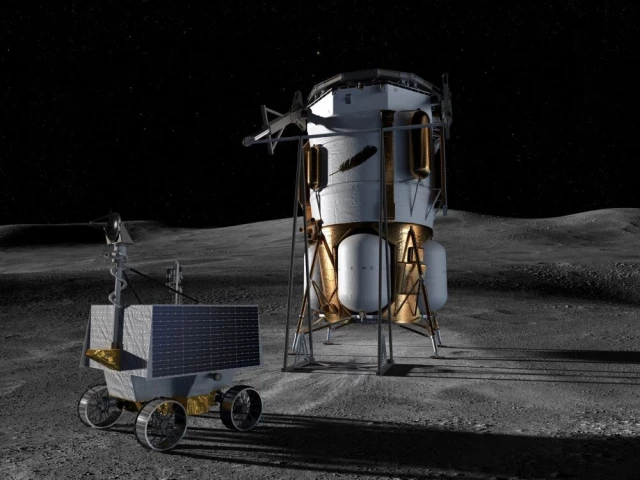NASA picks Blue Origin to deliver VIPER rover to Moon by 2027
NASA revives VIPER with private-sector deal, aiming to study lunar ice for future science and human missions

NASA has tapped Blue Origin, the space company founded by Jeff Bezos, for another major lunar mission under its Artemis programme, awarding it a potential $190 million contract to deliver a rover to the Moon’s South Pole by late 2027.
The Volatiles Investigating Polar Exploration Rover (VIPER) will hunt for water ice and other volatile resources beneath the lunar surface, data which could help shape future missions to both the Moon and Mars.
“This delivery is one of many ways we’re leveraging US industry to support a long-term American presence on the lunar surface,” said acting NASA Administrator Sean Duffy. He noted the mission will probe permanently shadowed regions, offering crucial insights into potential astronaut landing zones and strategies for long-duration stays.
This is Blue Origin’s second delivery award under NASA’s Commercial Lunar Payload Services (CLPS) initiative. Its first mission, using the Blue Moon MK1 lander, is expected later this year. For the VIPER mission, the company will once again deploy an MK1 lander, now in production.
NASA had previously shelved the VIPER project but revived it through this new private-sector partnership, reflecting a shift towards cost-effective collaboration with industry players. “The search for lunar volatiles plays a key role in NASA’s exploration of the Moon, with implications for both science and human missions,” said Joel Kearns, a senior official at NASA’s Science Mission Directorate.
The VIPER rover is designed for a 100-day mission, during which it will map and study areas where lunar ice is thought to exist. Blue Origin will handle lander design, integration, and safe rover deployment, while NASA will manage operations and scientific investigations.
With this mission, NASA is aiming to strengthen American leadership in space exploration, laying the groundwork for a sustainable lunar economy and, eventually, human settlement beyond Earth.



















COMMENTS
Comments are moderated and generally will be posted if they are on-topic and not abusive.
For more information, please see our Comments FAQ